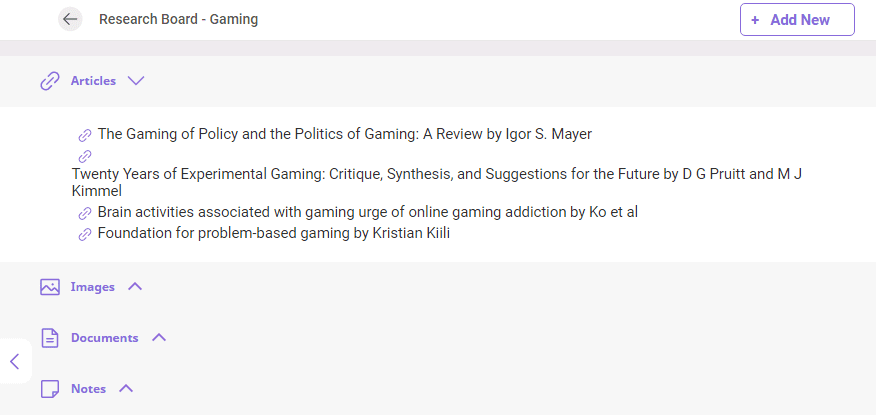Unlike an academic paper, a lit review should argue for the source’s place in a broader conversation. The argumentative aspect of a lit review makes it more compelling than a bare-bones reporting of other sources. Here are some tips for writing a literature review:
Creating a context for research
Creating a context for a research paper is an important part of the writing process. Without a context, readers will find it difficult to comprehend the information you provide. To develop a context, explain the research topic, the significance of the research, and how it contributes to scholarship. In other words, provide a background to your readers so they understand the paper’s importance. Using journal articles as sources is an effective way to provide context to your research paper.
A Lit Review can be an independent document or a part of a research paper. The purpose of the Lit Review is to provide an overview of the research literature, including previous studies, books, and articles. A Lit Review provides an overview of the most relevant sources, establishing a context for further research. In addition to providing a context for a research paper, it also shows that you have done your research.
Finding literature reviews
The first step in writing a literature review is to determine which types you need to include. For example, a historical review would have subsections about each crucial period of history, while a thematic review would have subtopics based on a theme or issue. In addition to describing the type of information you want to include, a literature review can also be a foundation for a theoretical framework. You can discuss various theories, models, and definitions, and then argue for the relevance of a particular theoretical approach.
Literature reviews are essential for identifying what has been published on a subject. They can be used to identify existing trends and empirical findings, inform evidence-based practice, generate new frameworks, and uncover research questions. They also help researchers to identify gaps in the literature and determine what areas require further investigation. For many people, however, finding literature reviews for a research paper is a difficult and time-consuming process.
Organizing a review into sub-themes
The second stage of organizing a literature review for a research paper is to determine the categories or themes that can be used in the analysis. It is important to recognize that not every source should be considered equally. Rather, each work should be considered within its context, and its themes should be emphasized. This is where a thematic framework can be of great help. Listed below are some examples of categories.
When organizing a literature review, it is essential to define the topic, introduce the overall organization, and frame the research question. Once you have defined your topic, organize your review by identifying ways to weave your story from the different sources. Include a few of the most relevant sources and identify any themes that can be further explored. Organizing a literature review is not difficult if you follow these tips.
Using sources and references
The first step in writing a Lit Review is to create a working outline. Group the notes that you take from the various sources into appropriate sections of the outline. You can make use of note cards with citations and annotations, photocopied articles, or notes that you take in the margins. Whatever method you use, make sure that you give proper citations to your sources.
Using sources and references when writing a Lit Review for a Research Paper is a key component to the overall structure of your paper. As a result, a Lit Review has several important components. An introduction highlights the relevance of the subject, any controversies, and any background knowledge that may be relevant. The main body of the review should have subheadings, including topics, current knowledge, and areas for further research. Finally, the conclusion summarizes the evidence that has been gathered throughout the paper.
Getting feedback from reviewers
One of the most common components of a research paper or scholarly article is the literature reviews. Getting feedback from a panel of reviewers can give you a better understanding of the topic, help you identify gaps in the research, or even develop your methodology. Most of the time, a lit review will also help other scholars by collecting information on a topic. Getting feedback from reviewers is a great way to get better grades and better research results.
The process of conducting a literature review can be intimidating, but it doesn’t have to be. This video walks you through the entire process step by step. It’s entertaining, and Michael Paye, of the University of Dublin, has an awesome Irish accent. And as a bonus, the video includes a few examples of literature reviews. This is a great resource for those who are new to literature reviews.

